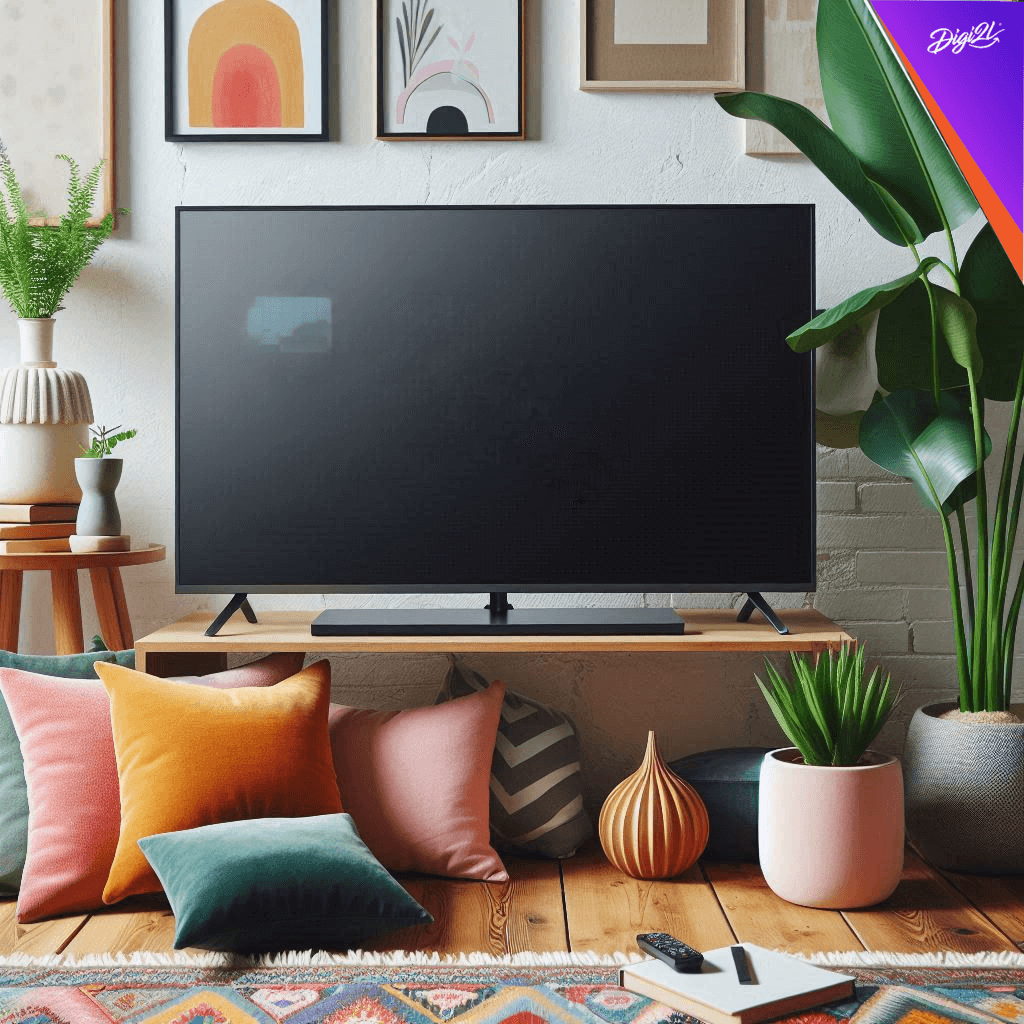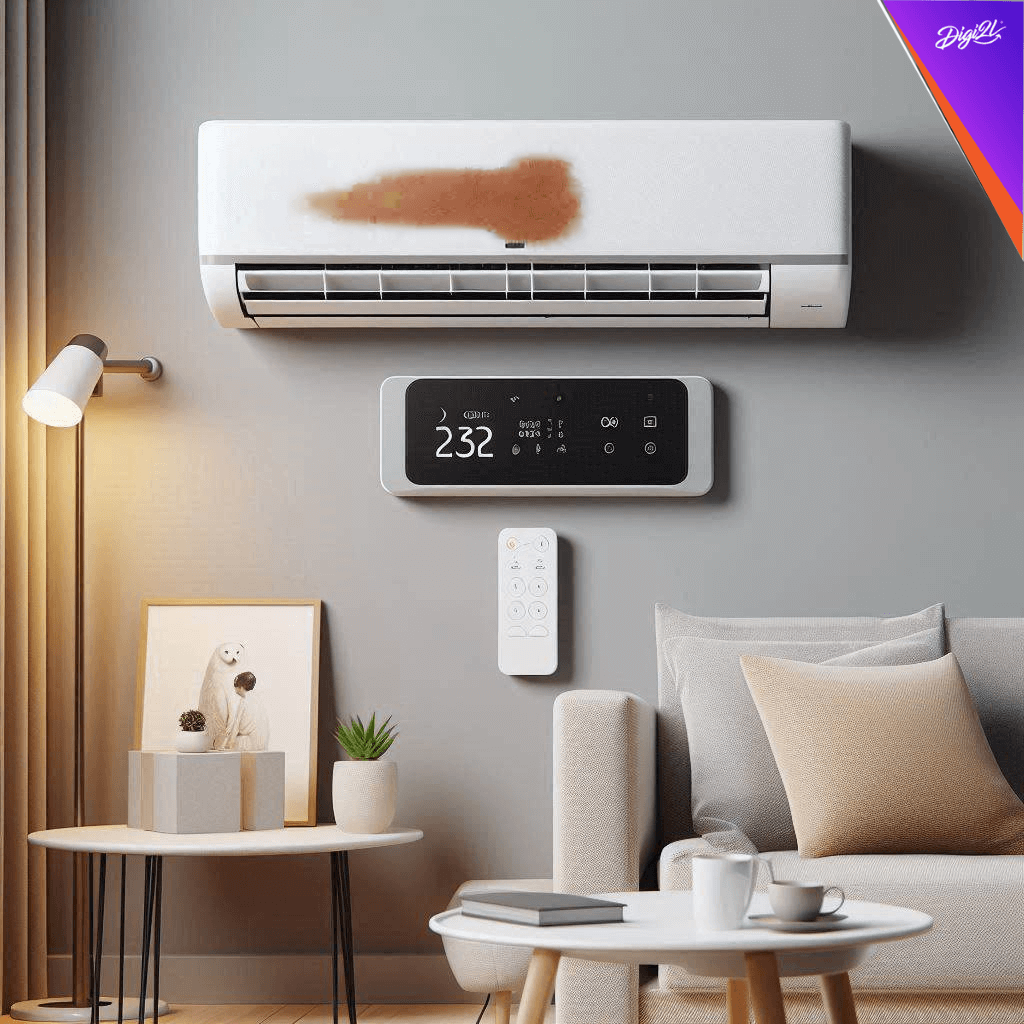
Please Wait ...


Blogs> Understanding the Cooling Time of Inverter Air Conditioners

Inverter air conditioners have gained immense popularity in recent years due to their energy efficiency and advanced technology. One common question that arises among users is, “How long does it take an inverter AC to cool?” In this blog, we will delve into the factors that affect the cooling time of inverter ACs and provide insights to help you understand and optimize your cooling experience.
Variable Speed Compressor:
Unlike traditional air conditioners, which have fixed-speed compressors, inverter ACs are equipped with variable speed compressors. These compressors adjust their speed based on the cooling requirements of the room. As a result, inverter ACs can cool a room more efficiently and quickly.
Room Size and Insulation:
The size of the room and its insulation play a crucial role in determining the cooling time of an inverter AC. A larger room or one with poor insulation may take slightly longer to cool compared to a smaller, well-insulated room. It is important to consider the BTU (British Thermal Unit) rating of the AC unit based on the room size for optimal cooling performance.
Ambient Temperature:
The ambient temperature of the room also influences the cooling time of an inverter AC. If the room is excessively hot, such as during peak summer, it may take a bit longer for the AC to cool the space to the desired temperature. However, inverter ACs are designed to provide consistent cooling even in high ambient temperatures.
Heat Load:
The heat load within the room, which includes factors like the number of occupants, appliances, and sunlight exposure, affects the cooling time. A room with a high heat load will require the inverter AC to work harder to cool the space. By reducing heat-generating activities and using curtains or blinds to block sunlight, you can help optimize the cooling process.
Energy Saving Features:
Inverter ACs often come with energy-saving features, such as temperature sensors and programmable timers. These features allow users to set the desired temperature and schedule the AC to operate at specific times. By utilizing these features effectively, you can ensure that the AC starts cooling before you enter the room, minimizing the waiting time.
The cooling time of an inverter AC depends on various factors, including the compressor speed, room size, insulation, ambient temperature, heat load, and energy-saving features. While inverter ACs are designed to cool rooms efficiently, it is essential to consider these factors to optimize the cooling experience. By selecting an appropriately sized AC unit, maintaining proper insulation, and utilizing energy-saving features, you can ensure that your inverter AC cools your space effectively and efficiently, providing you with a comfortable environment to beat the heat.
Remember to consult the manufacturer’s guidelines and recommendations for specific details regarding the cooling time and optimal usage of your inverter AC model. Stay cool and enjoy the benefits of energy-efficient cooling with your inverter AC!
Image by pressfoto on Freepik

By Digi2L - June 8, 2024

By Digi2L - June 7, 2024

By Digi2L - June 6, 2024